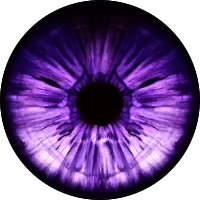
Allo, I am working on trying my hand at a Dungeon pack to go along with the other fantasy sets I've done recently. I'd like to get some feedback from GMs and Players regarding what sort of assets you really look for or wish were more often included in dungeon sets. The set I've designed so far has a range of tiles up to 8x8 in a wide variety of shapes to allow for an appreciable variety of shaped rooms. While this set primarily supports the typical 2D layout of dungeons, there are some special tiles included (ramps and angled walls) to provide the 3D illusion of additional levels within the same map for GMs wishing to go that route. What I really want to know though is what do GMs most often wish were included in dungeon sets to fulfill their needs that aren't normally covered by just the different variety of rooms?



